What Is Lens Speed and How Does it Affect Your Photos
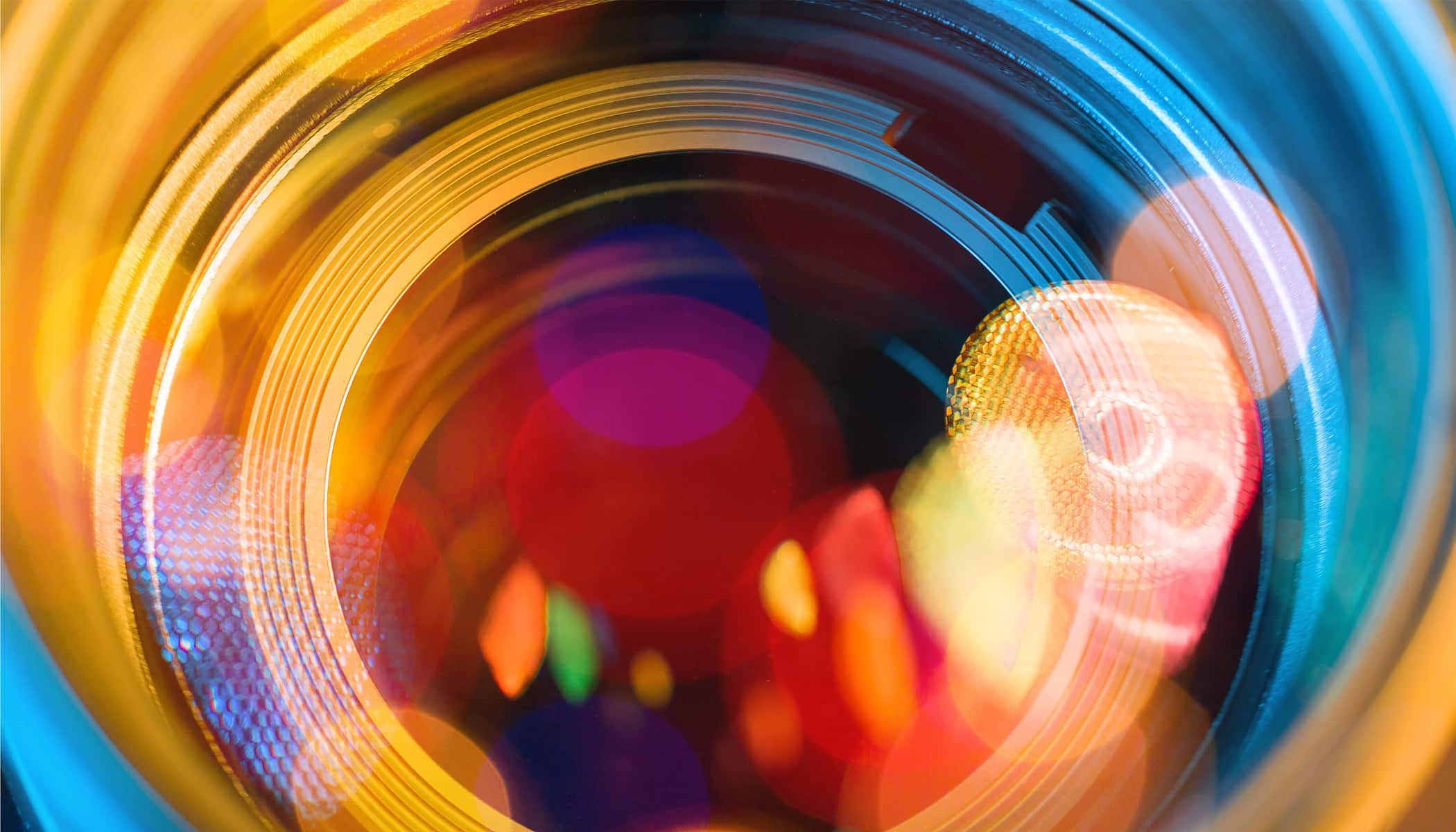
Lens speed is a term you’ll come across whenever you start reading lens descriptions. But what does it mean? Wikipedia gives you plenty of formulas and fractions, but we can explain lens speed in plain language. You’ll understand why it’s key for shooting in low light, creating blurred backgrounds, and why it’s such a key factor in lens pricing. Understanding lens speed can not only save you money, but also a few gray hairs when you’re out shooting.
In this article, you’ll learn:
- What the term lens speed means and how to understand the numbers on the lens
- Why a small f-number means more light, not less
- How lens speed affects sharpness, depth of field, and price
- When a fast lens is really worth it and when it’s more of an unnecessary luxury
- The difference between fixed and variable aperture
Light enters the lens. Some of it is lost along the way, and only what remains reaches the sensor. The aperture determines how much light passes through. It controls how wide the lens can open to let in as much light as possible.
What is lens speed?
Aperture, or lens speed, is usually indicated directly on the lens. This number represents the maximum aperture. A lens marked 1:1.4 has a wider maximum aperture than one marked 1:5.6. The number before the colon is typically omitted, which can make it seem like the smaller number means less light, but it’s actually the opposite. A small number = a wide aperture. A “fast” lens is one that can open up to f/2.8, f/1.8, f/1.4, or f/1.2.
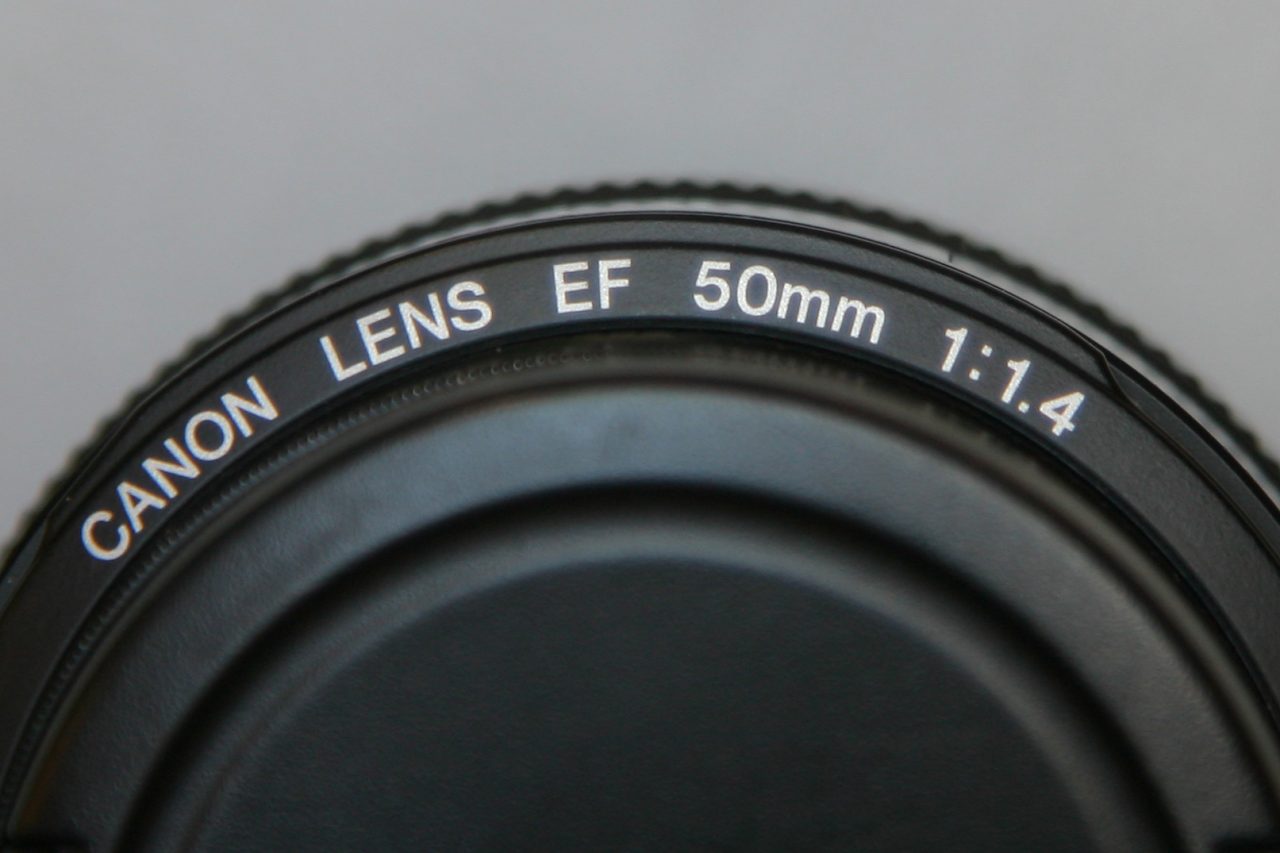
And why does all this matter? As soon as you decide to move beyond your basic kit lens, you’ll quickly notice that the faster the lens, the higher the price tends to be. There are exceptions, of course, but you often have to compromise on quality. For example, three Canon RF “nifty fifty” lenses. One costs about US$240, another US$1,649, and the third around US$2,600. The difference? The lens speed: f/1.8, f/1.4, and f/1.2.
Lens speed in practice
A fast lens is a great tool when there isn’t enough light, like at church weddings, concerts, festivals, or indoor events where using flash isn’t appropriate. Basically, whenever light is scarce and you want to capture the action without blur, a fast lens is a lifesaver.
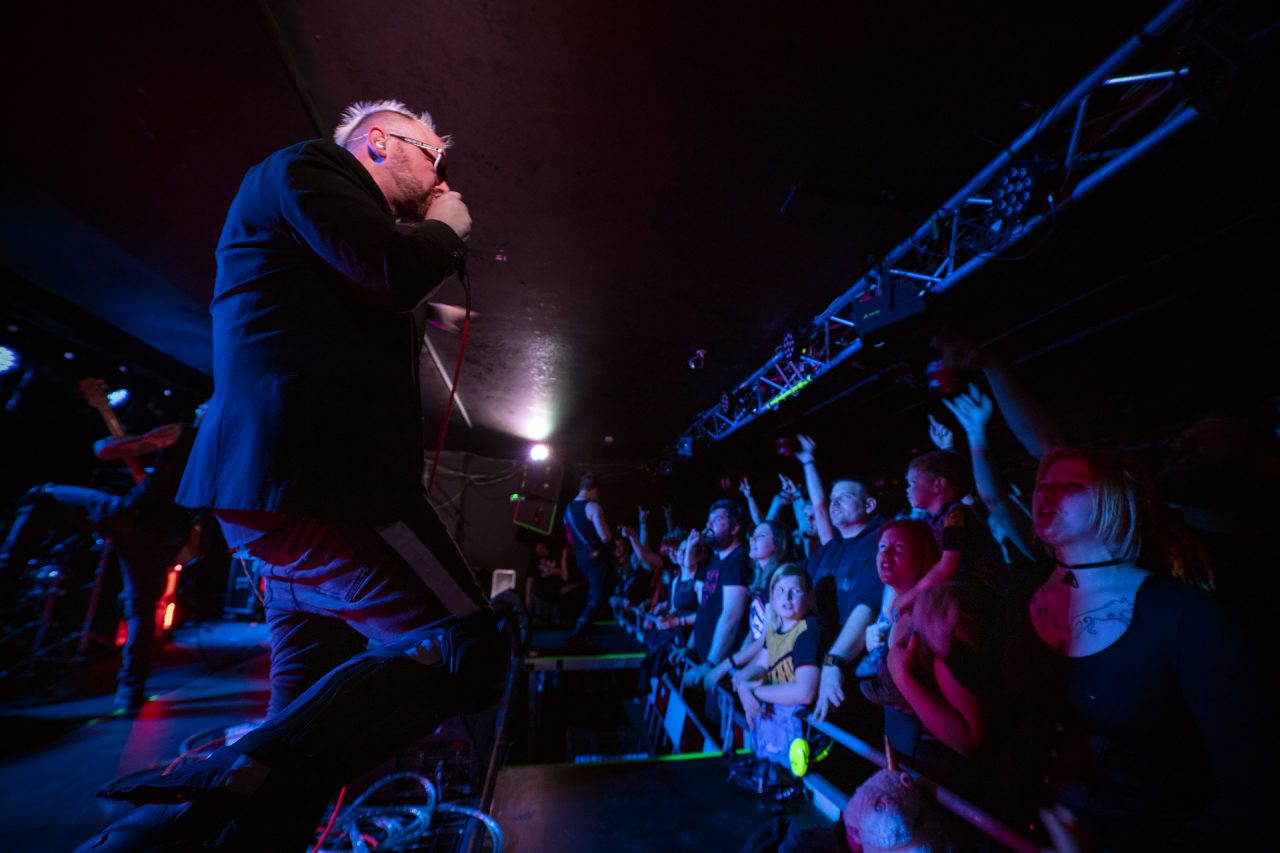
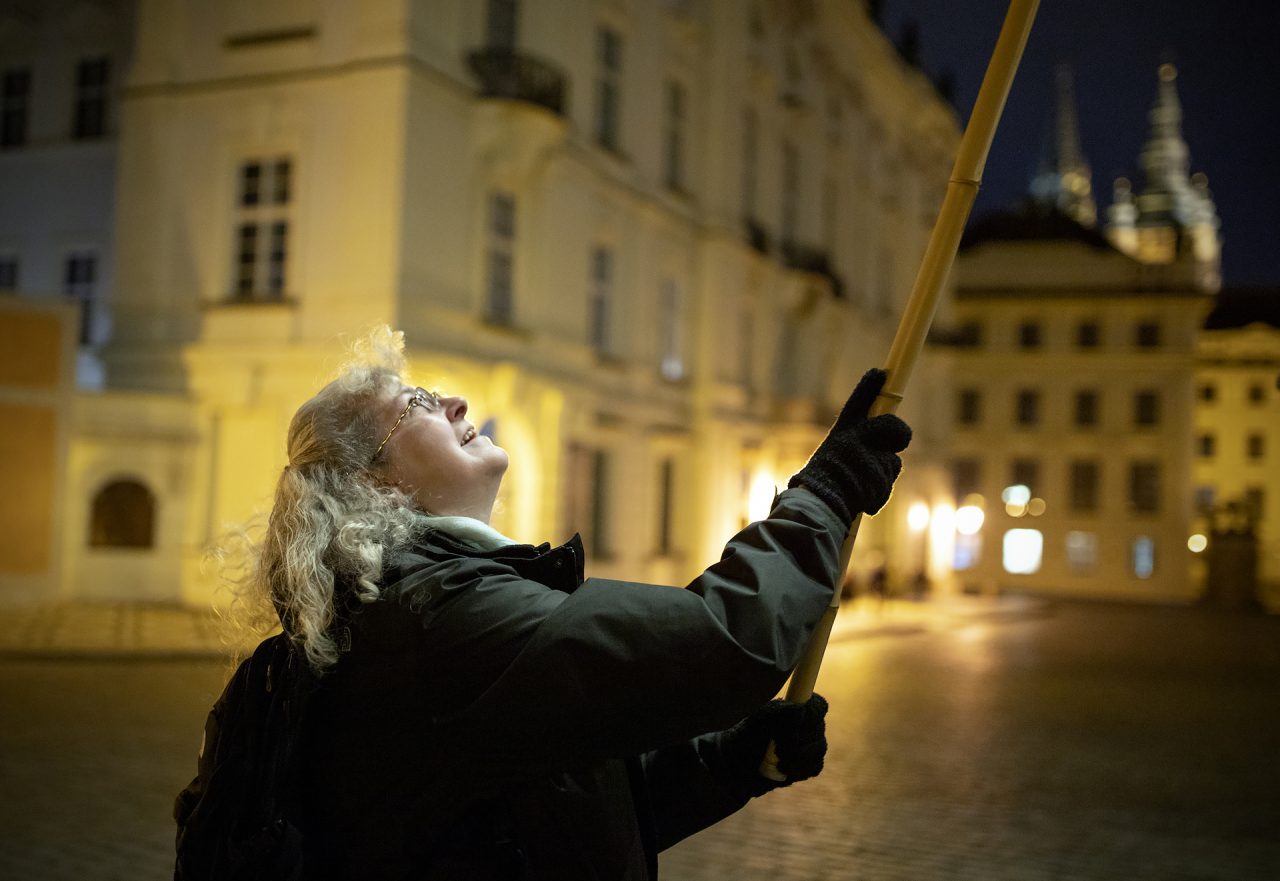
For dynamic scenes, the rule of the exposure triangle applies. You shouldn’t drop below a shutter speed of 1/250s. To balance the exposure, you can only adjust ISO and aperture. Modern cameras can handle high ISO well, but more ISO means more noise. The solution? A wider aperture. Even with static scenes in low light, a fast lens helps you avoid blur from camera shake.
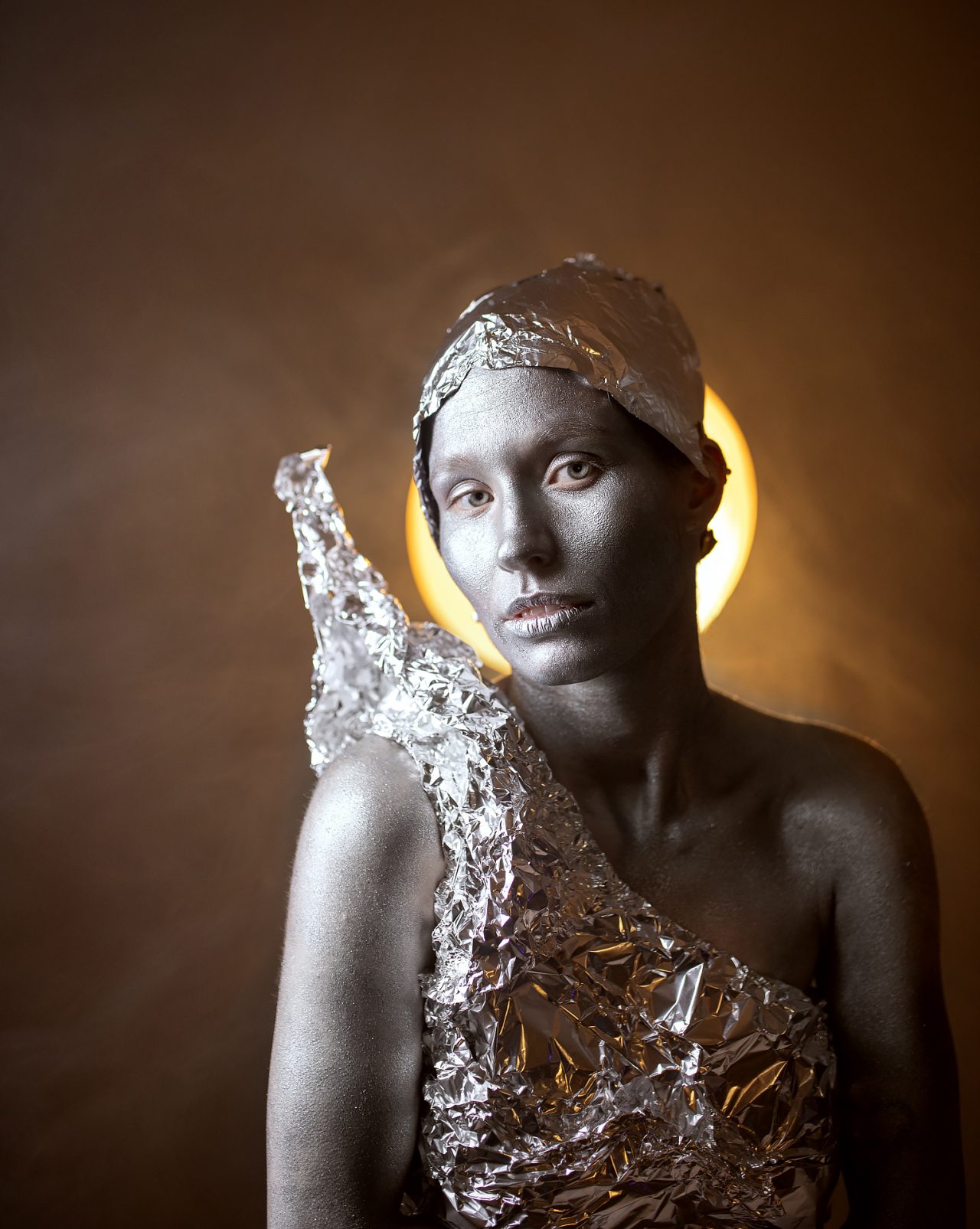
A wide aperture also creates beautiful bokeh—a creamy, blurred background that draws attention to your subject and enhances every portrait.
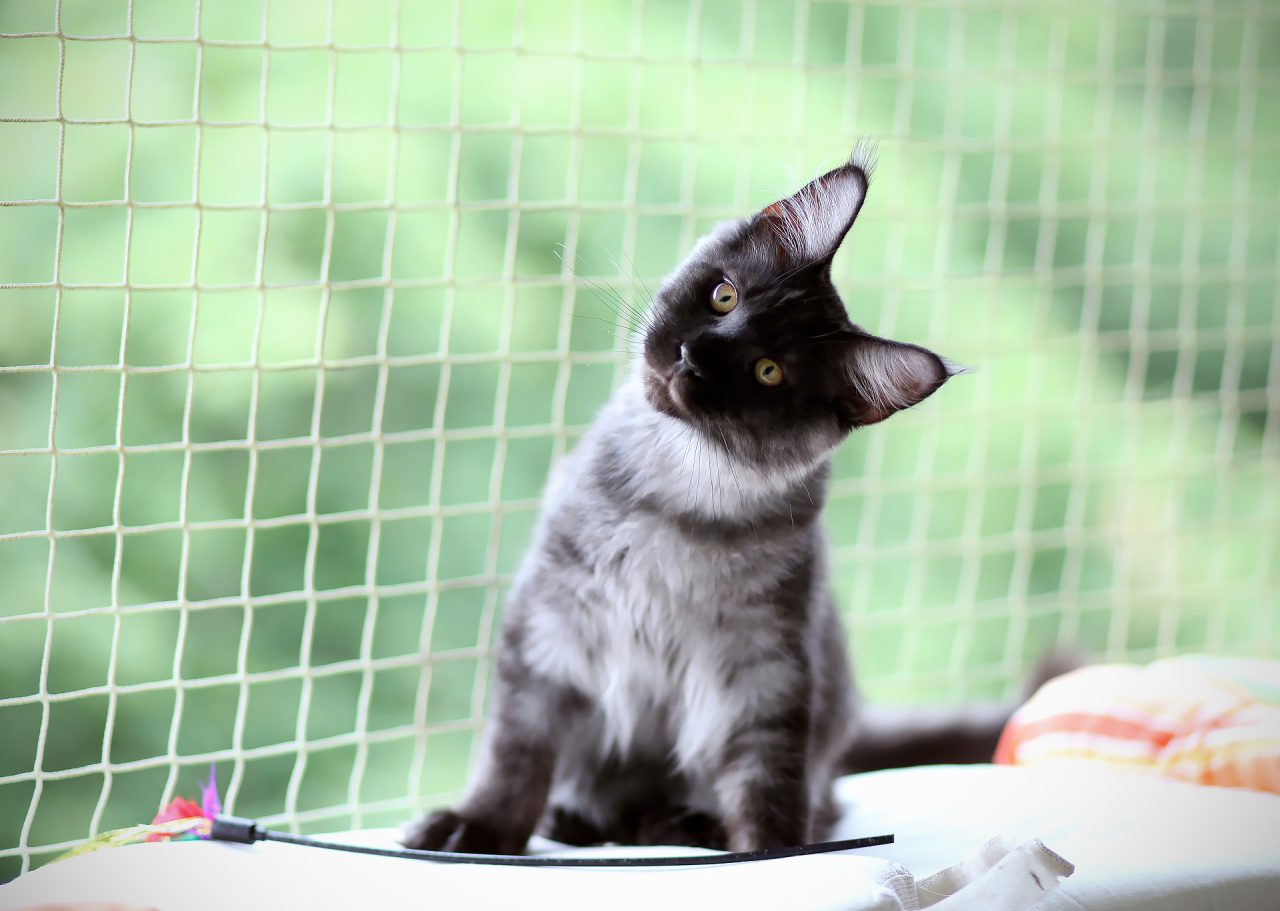
Fixed and variable aperture
Lenses can have either a fixed or variable aperture. Affordable zoom lenses often carry markings like 1:3.5–5.6. This means that at a short focal length (say 18mm), the aperture can open to f/3.5, but when zoomed in (for example, to 70mm), it can only open as wide as f/5.6.
If you set the lowest f-number in aperture priority mode and then zoom in, you’ll see the value automatically increase—lens speed decreases.
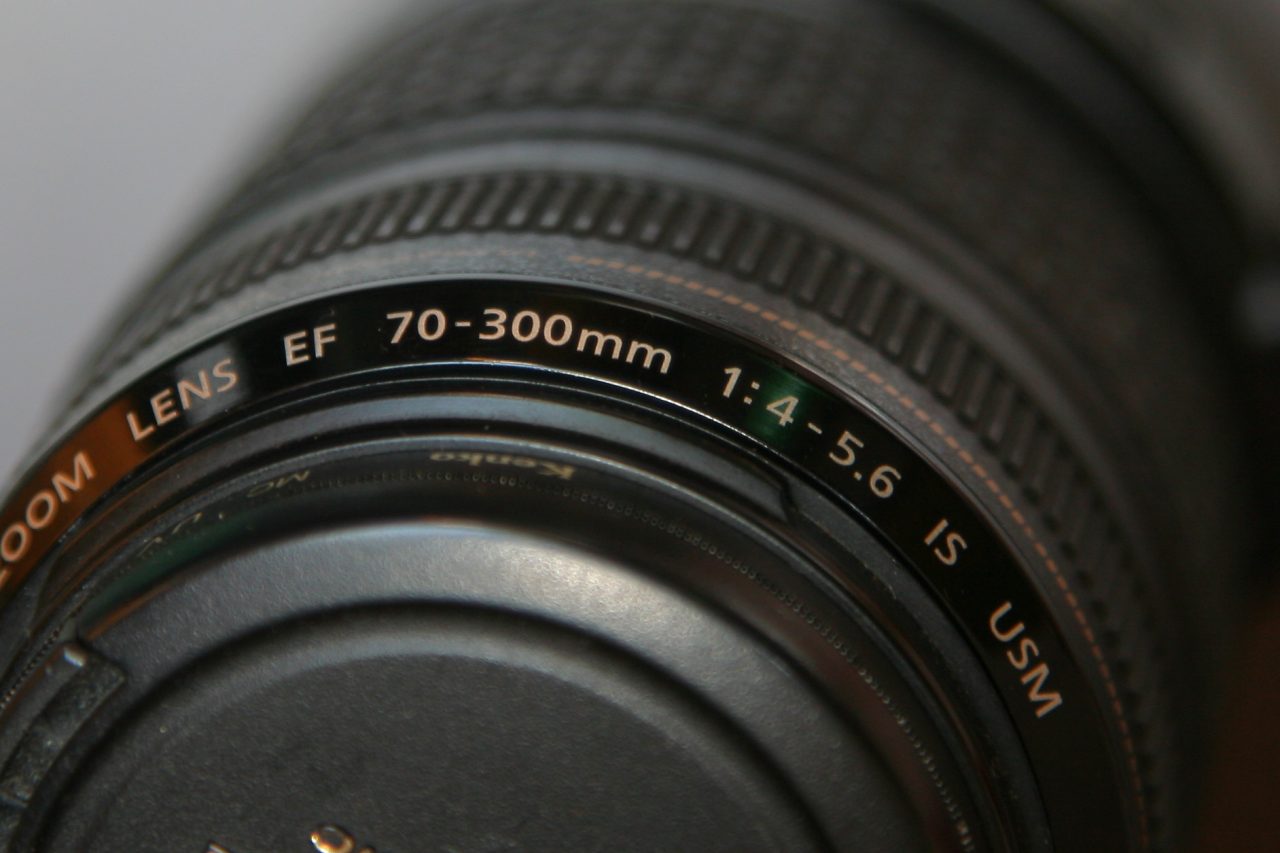
There are also zoom lenses with a fixed aperture, meaning the aperture stays constant at all focal lengths. These lenses are more complex to design, and, not surprisingly, much more expensive.
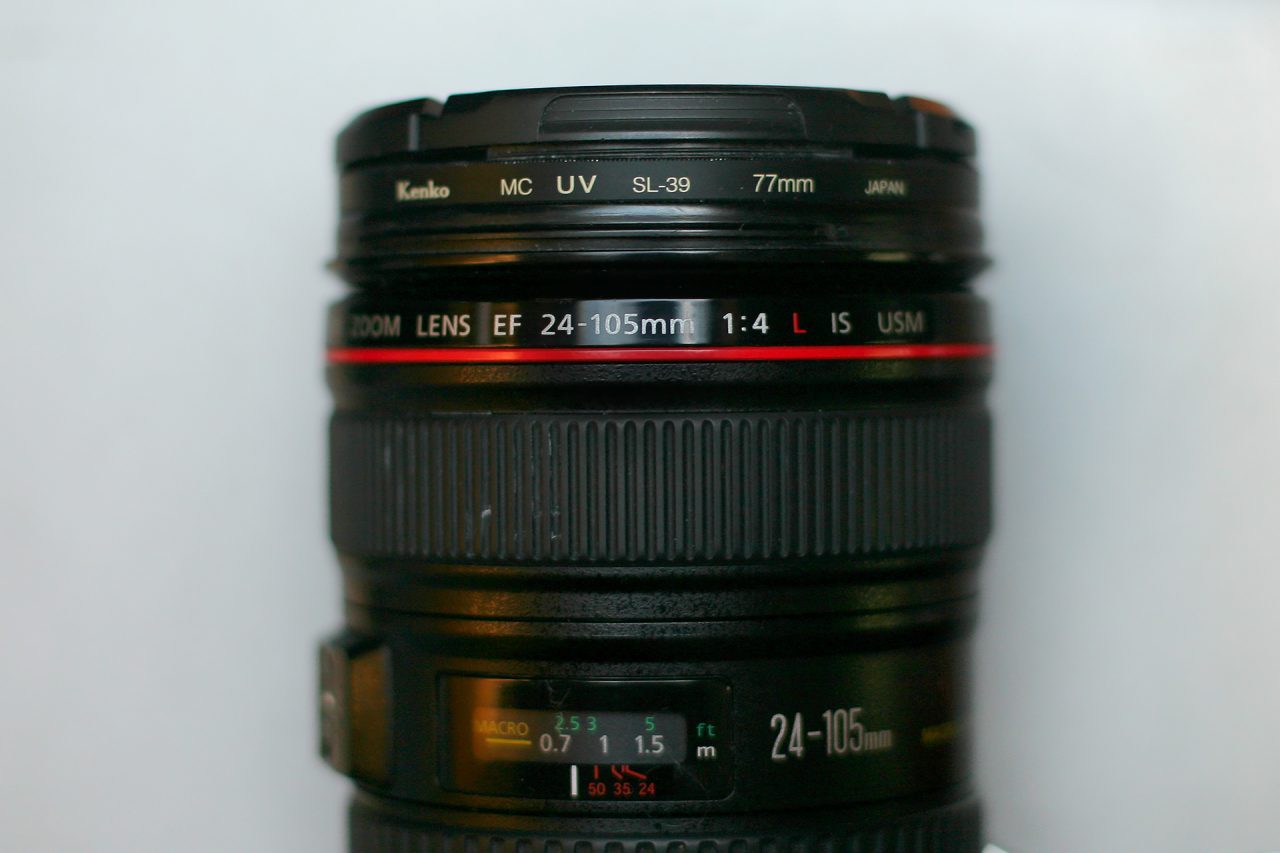
Drawbacks of fast lenses
It all sounds great, but fast lenses have their drawbacks. The wider the aperture, the shallower the depth of field becomes. This makes it harder to keep your subject perfectly in focus. If your model moves even a few centimeters, the sharp focus might shift from the eyes to the nose or ears.
If you’re not confident yet, or there’s no room for error, it’s safer to use a smaller aperture instead of pushing your lens to the limit. If your camera supports it, enable eye autofocus when shooting portraits. It helps reduce missed shots, but it’s still good practice to check focus regularly.
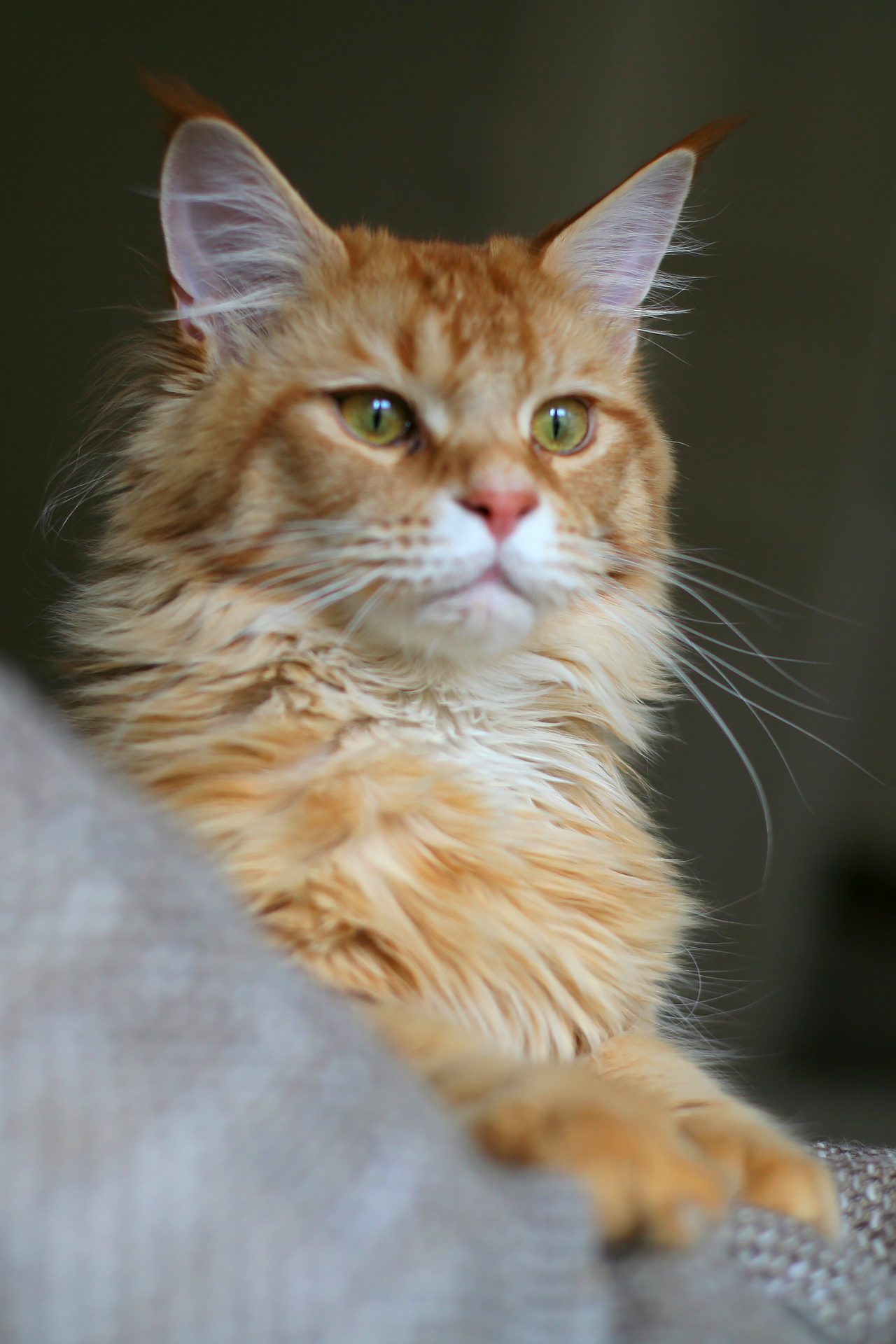

Even with a fast lens, there’s no need to always shoot wide open. Stop down by one or two stops to gain a bit more depth of field, and you can be sure that you won’t ruin the shot.
With cheaper lenses, shooting wide open often reduces overall sharpness across the entire frame. This means the image will not be completely sharp even in the plane of focus. Stopping down slightly usually fixes this, or you can fine-tune sharpness in post-production.
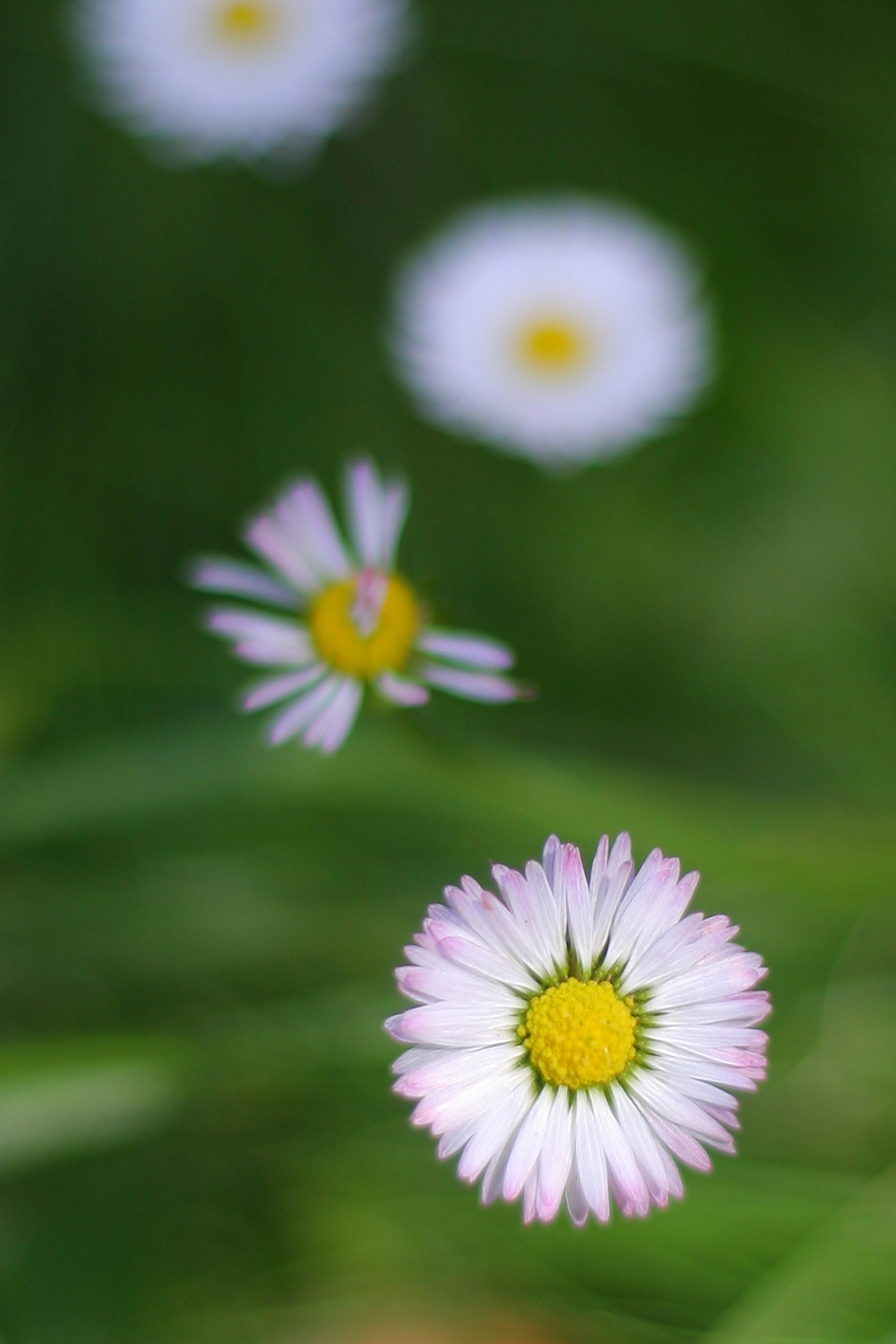
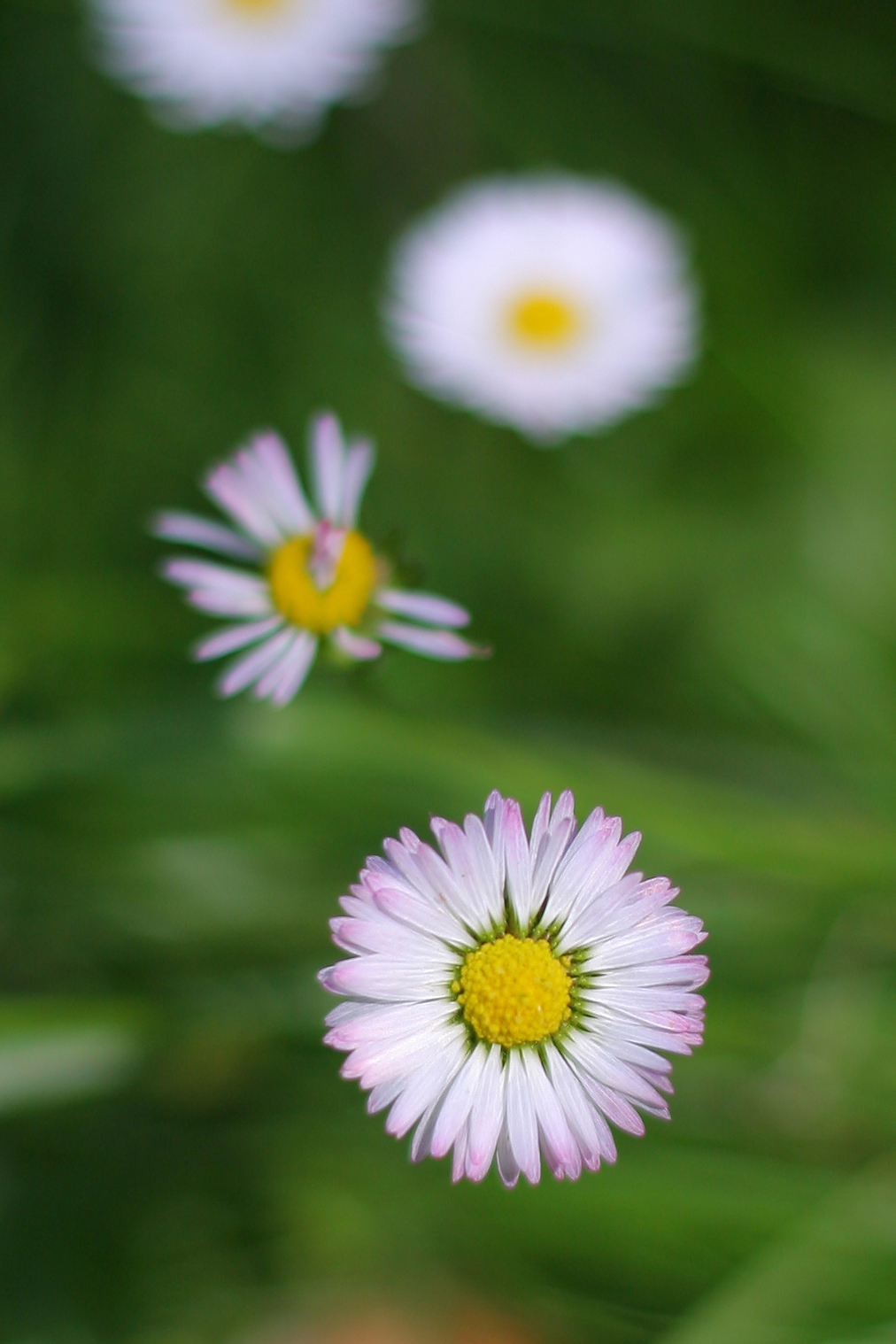
Here you can see the overall image quality of cheaper fast lenses. Both images were taken with a 50mm lens and an aperture of f/1.4. The first, “wide open”, the second slightly stopped down to f/1.8. The difference in how defined the petals become is noticeable at first glance.
An expensive, fast lens can be a lifesaver in tough lighting situations. But while it can make your work easier, it won’t make you a master photographer on its own.
So before you spend your entire paycheck on a piece of glass, ask yourself: is it really worth it, or do I just like the number after the f?

Editor’s note: In a recent article, Majo Eliáš shared even stronger opinions on fast lenses. Read 6 Reasons You Don’t Need a Fast Lens and let us know what you think!
Lens Speed FAQs
How do I find my lens aperture? You can find it directly on the lens, usually as 1:1.8 or f/1.8. The lower the number after the “f,” the faster the lens.
Is a fast lens always better? Not necessarily. It lets in more light and creates nice bokeh, but it’s usually more expensive, heavier, and harder to precisely focus.
What aperture is best for portraits? Lenses around f/1.8–f/2.8 are great for portrait photography, letting you beautifully blur the background while keeping the subject sharp.
When is a fast lens worth it? If you often shoot in low light, like at concerts, indoor scenes, weddings without flash, or if you want to achieve strong background blur.
Does a fast lens help reduce noise? Yes. A wider aperture lets in more light, so you don’t need to raise ISO as much, which reduces noise.
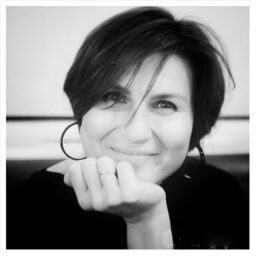
There are no comments yet.